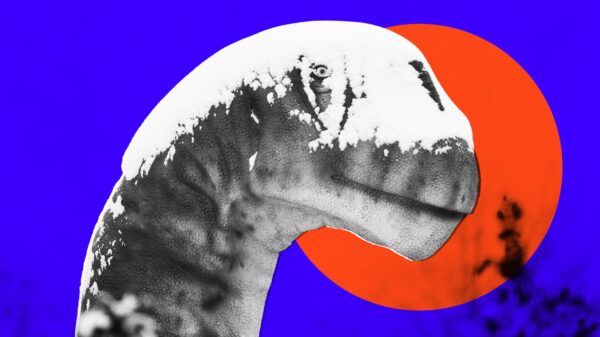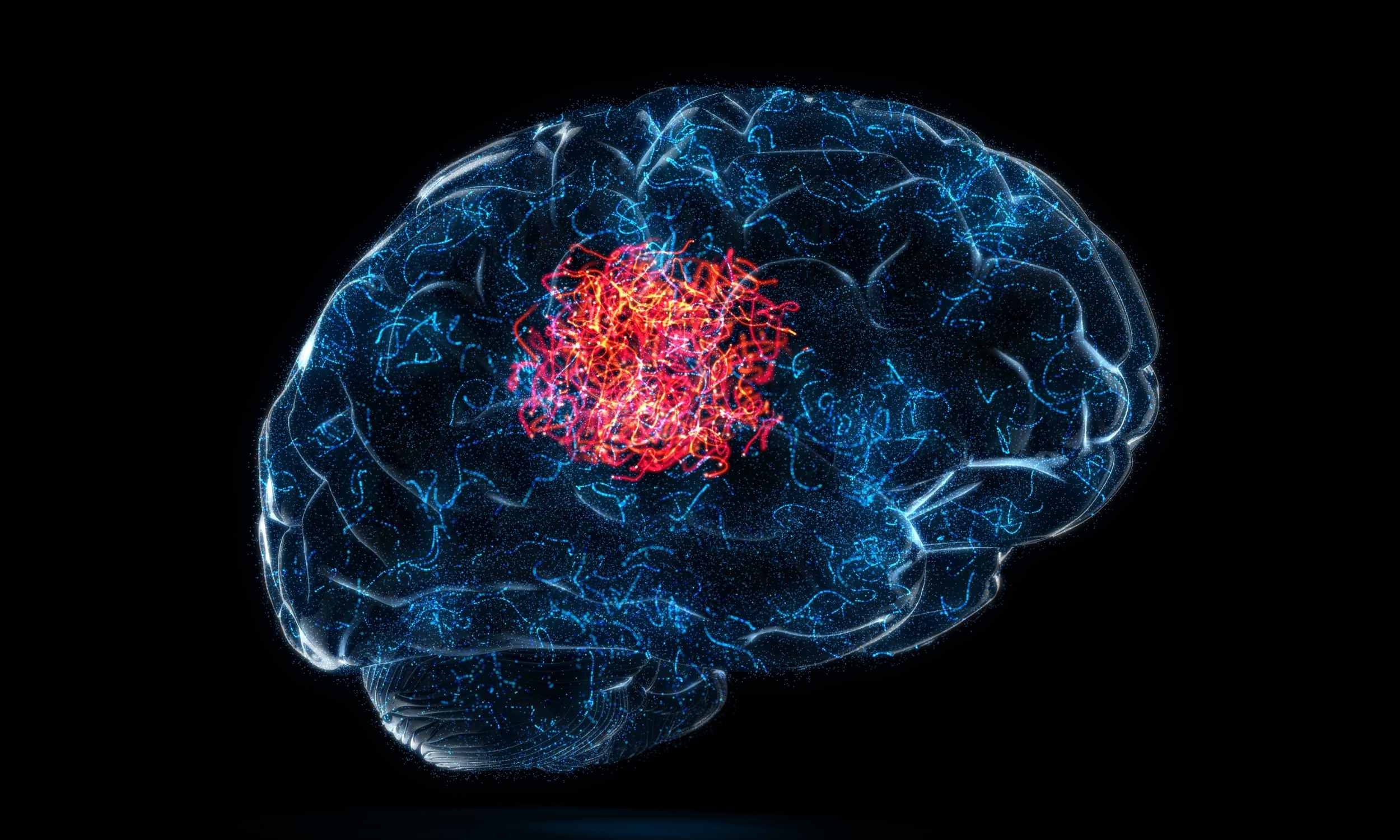In a groundbreaking study, physicists have unveiled new insights into black holes that even Albert Einstein could not have foreseen. This development marks a significant stride towards the elusive Grand Unified Theory, which aims to reconcile quantum field theory with general relativity. The study, conducted by Xavier Calmet and his colleagues at the University of Sussex, explores quantum gravity solutions that align with general relativity on a macroscopic scale, offering a tantalizing glimpse into the future of theoretical physics.
Despite the promising findings, the research highlights the limitations of current techniques, particularly the need for a more comprehensive understanding of quantum gravity as one approaches a black hole’s singularity. This breakthrough is part of a broader effort to bridge the gap between the very large and the very small, a quest that has captivated scientists for over a century.
Bridging Two Worlds: The Quest for Quantum Gravity
The announcement comes as physicists continue to grapple with the challenge of unifying the two pillars of modern physics. At cosmological scales, Einstein’s theory of general relativity provides an accurate description of gravity and spacetime. Meanwhile, quantum mechanics has successfully charted the subatomic realm, culminating in the standard model of particle physics. However, these two theories have long resisted integration, leaving a glaring gap in our understanding of the universe.
One of the most significant obstacles in this quest is the absence of a theory of quantum gravity, which would not only unify these disparate theories but also potentially reveal the force carrier of gravity, known as the graviton. The failure of general relativity at black hole singularities underscores the urgent need for such a theory. While unified theories like string theory offer potential solutions, conclusive evidence remains elusive.
New Solutions and Their Implications
In their search for answers, Calmet and his team have calculated black hole solutions in quantum gravity, working backward from known information. These quantum gravitational corrections to Einstein’s equations, detailed in a paper published in A Letters Journal Exploring the Frontiers of Physics, represent a significant advance in the field.
“While we do not yet have a theory of quantum gravity, we know that whatever this theory might be, string theory or something completely different, it must match general relativity on macroscopic scales,” Calmet explained to Space.com.
Calmet’s journey into quantum gravity black holes began in 2009 at the University of Sussex. By 2022, he and an international team of scientists had developed the “quantum hair” theory, suggesting that matter collapsing into a black hole leaves an imprint on its gravitational field. This theory offers a potential solution to the Black Hole Information Paradox, which questions whether information is truly lost when a black hole emits Hawking radiation.
Challenges and Future Directions
Although the new paper provides mathematical evidence of quantum solutions to black holes, these techniques are not applicable near the singularity. As Calmet notes, a full understanding of quantum gravity is necessary at that point. Nevertheless, the existence of such solutions is a promising sign that a unified theory could eventually be realized.
“It is nevertheless important to have shown that there are new black hole solutions in quantum gravity that do not exist in general relativity,” Calmet emphasized. “These new solutions are not just tweaks to the old one—they’re entirely new black holes that exist in a quantum gravity world.”
This development follows decades of scientific inquiry into the fundamental nature of the universe. As researchers continue to explore these new solutions, the potential for groundbreaking discoveries remains high. The move represents a critical step toward a deeper understanding of the cosmos, with implications that could reshape our comprehension of reality itself.
As the scientific community digests these findings, the path forward involves refining these techniques and expanding our understanding of quantum gravity. The quest for a Grand Unified Theory continues, with each discovery bringing us closer to unraveling the mysteries of the universe.






























































